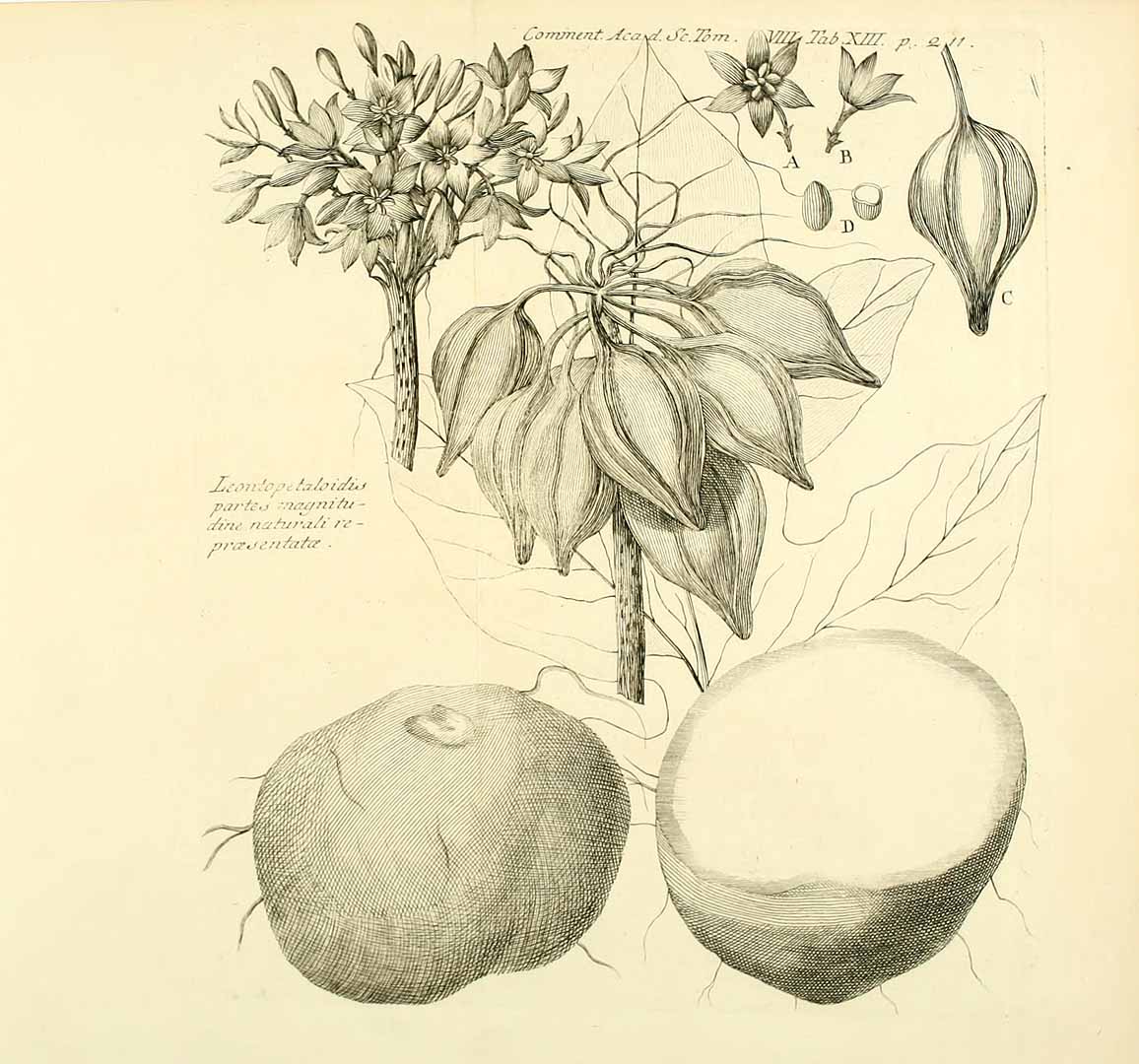! Nouveau site ici !
Vita > Plantae > Magnoliophyta > Liliopsida > Liliales >
Dioscoreaceae > Tacca
Tacca leontopetaloides
![Illustration Tacca leontopetaloides, Par Curtis, W., Botanical Magazine (1800-1948) Bot. Mag. vol. 119 (1893) [tt. 7272-7331] t. 7299, via plantillustrations](../inc/images/illustrations/tacca_leontopetaloides2.jpg )


 | ****
| ****
Vita > Plantae > Magnoliophyta > Liliopsida > Liliales >
Dioscoreaceae > Tacca
Tacca leontopetaloides
![Illustration Tacca leontopetaloides, Par Curtis, W., Botanical Magazine (1800-1948) Bot. Mag. vol. 119 (1893) [tt. 7272-7331] t. 7299, via plantillustrations](../inc/images/illustrations/tacca_leontopetaloides2.jpg )
zone 3-8
Une plante herbacée vivace sans tige mais laisse jusqu'à 1 mètre de long et divisée en 3 segments. Les tiges des feuilles mesurent de 1,5 à 2 cm de diamètre et environ 1 m de longueur. Les feuilles mesure... (traduction automatique)
→suite
⬀
Le  donne accès au menu
donne accès au menu (c'est votre point de repère) 😊 ;
En dessous vous avez la classification, à partir de la vie (Vita, premier rang) jusqu'à la classe au dessus de la plante, dont vous trouvez ensuite le nom scientifique/botanique (latin) puis le nom commun (français), le cas échéant ;
C'est aussi un lien vers la fiche complète (tout comme la ✖, en bas à droite, et le +, en dessous de la description) ;
Vient alors l'illustration (ou ce qui la remplace, en attendant), la comestibilité :
Et en bas
⬂

![Illustration Tacca leontopetaloides, Par Curtis, W., Botanical Magazine (1800-1948) Bot. Mag. vol. 100 (1874) [tt. 6074-6139] t. 6124, via plantillustrations Illustration Tacca leontopetaloides, Par Curtis, W., Botanical Magazine (1800-1948) Bot. Mag. vol. 100 (1874) [tt. 6074-6139] t. 6124, via plantillustrations](../inc/images/illustrations/tacca_leontopetaloides.jpg )
![Illustration Tacca leontopetaloides, Par Curtis, W., Botanical Magazine (1800-1948) Bot. Mag. vol. 119 (1893) [tt. 7272-7331] t. 7299, via plantillustrations - Fermer Illustration Tacca leontopetaloides, Par Curtis, W., Botanical Magazine (1800-1948) Bot. Mag. vol. 119 (1893) [tt. 7272-7331] t. 7299, via plantillustrations - Fermer](../../inc/images/illustrations/tacca_leontopetaloides2.jpg )




